
The Winter 1989 issue featured an 8 page (!) article on prewar American Flyer stations (96, 104, and 237). This comprehensive article included variation charts for each of the versions, photos of the different bases, catalog art, and more. It’s a great reminder that CTT has been the authority for toy train history for more […]
Read More…
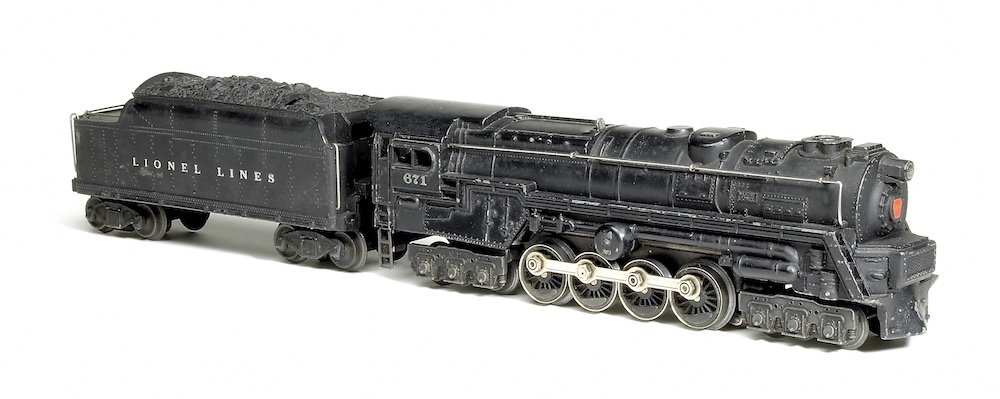
Lionel’s No. 671 Pennsylvania RR S2 steam turbine is one of the classic O gauge locomotives of the postwar era. Lionel released it for the first full product line of the post-World War II era in 1946. But the brilliant minds in the Engineering Department at Lionel were almost certainly taking their first steps in […]
Read More…

Each week, I will pick a random page from a back issue of Classic Toy Trains and talk a little about it. I’ll kick off this series with the very first cover. It was one of the few covers to feature a person, Richard Kughn, next to part of his collection. You’ll also notice the […]
Read More…
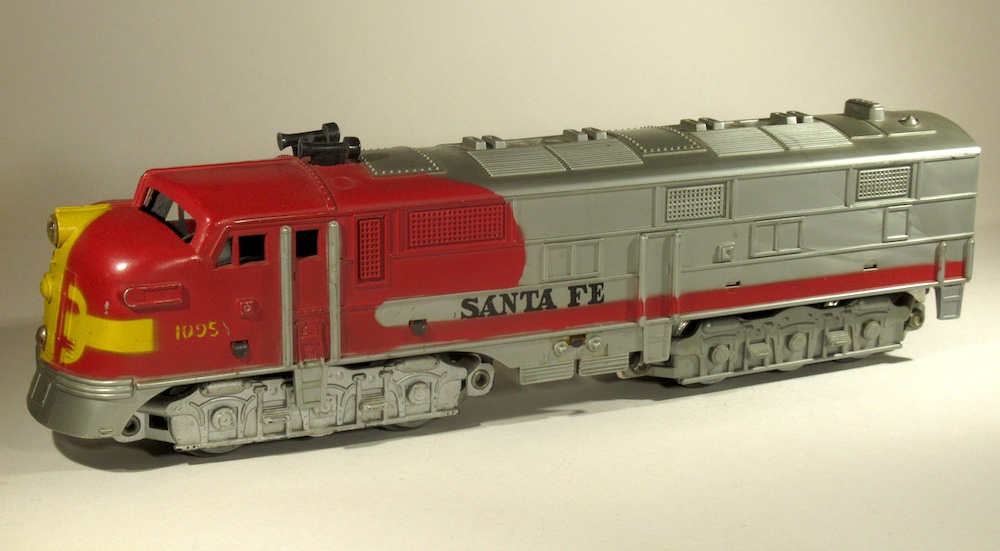
I’ve been collecting Marx since the 1990s. Growing up with American Flyer S gauge and Lionel, I had largely not gotten to know Marx. Eventually I started to take interest, especially in the plastic locomotives and cars. Plastic molding is something I like to look at and study. I did have a Marx plastic set […]
Read More…
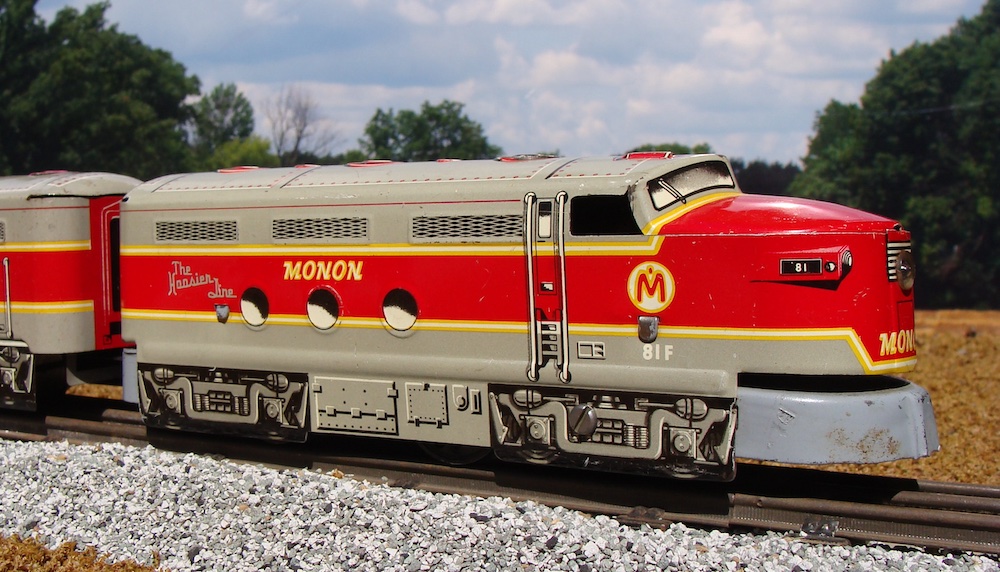
There’s something magical about childhood memories, especially those centered on beloved toys. My grandparents had a Marx train set, once belonging to my uncles, hidden under a bed upstairs. My sisters and I discovered it and, of course, wanted to set it up and play. We’d wait until the evenings, when my grandparents were busy […]
Read More…
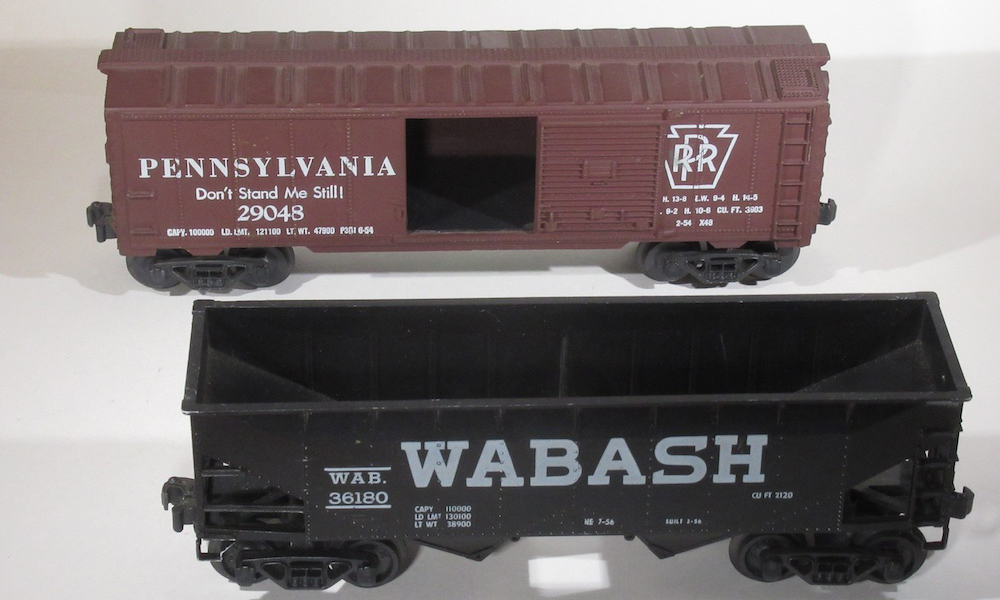
Around the time that I got my driver’s license in the late 1960s I started to visit a local train store in High Point, N.C. Not having a lot to spend, I was looking for bargains. Two freight cars caught my eye, a nice brown Pennsylvania boxcar (No. 202) and a black Wabash coal hopper […]
Read More…

The Lionel No. 773 4-6-4 Hudson steam engine and tender from 1950 did much to revive the passion dedicated O gauge modeler Walt Urban Jr. has for toy trains. He reminds us that hobbyists who grew up during the 1950s will remember the annual holiday shopping season as being particularly nostalgic. Like him, many of […]
Read More…
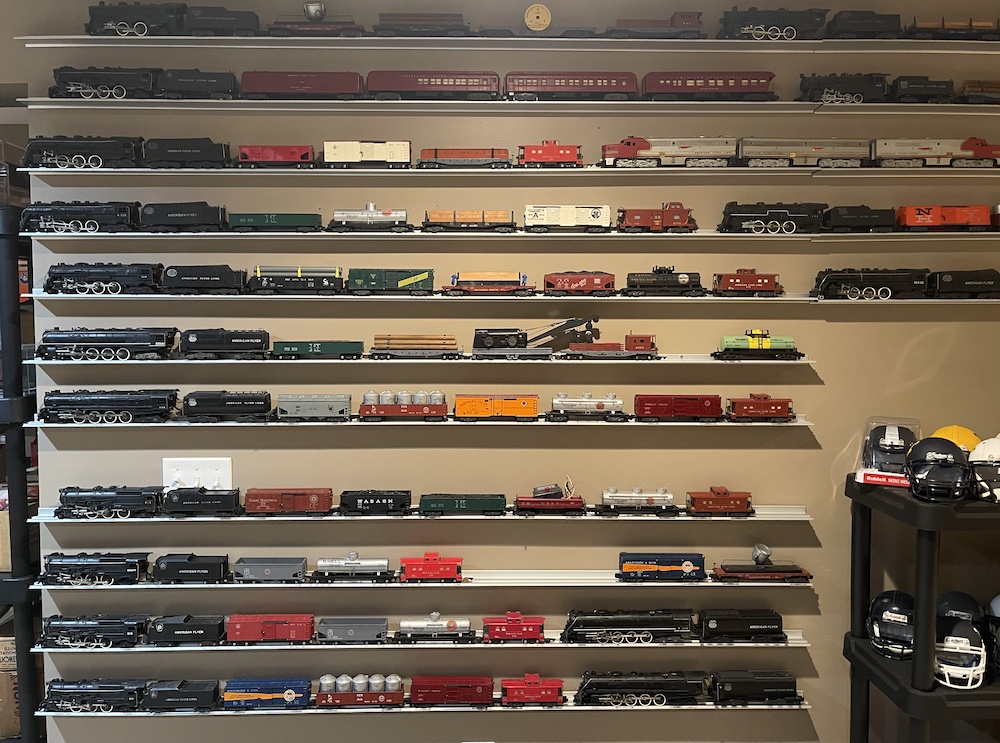
What do I collect? I collect S gauge Gilbert American Flyer, as it’s the scale and brand with which I entered the model railroading hobby. I have always enjoyed S gauge, as the size is nice and Gilbert American Flyer enjoys a great history and loyal, albeit somewhat small, following. When did I start collecting? […]
Read More…
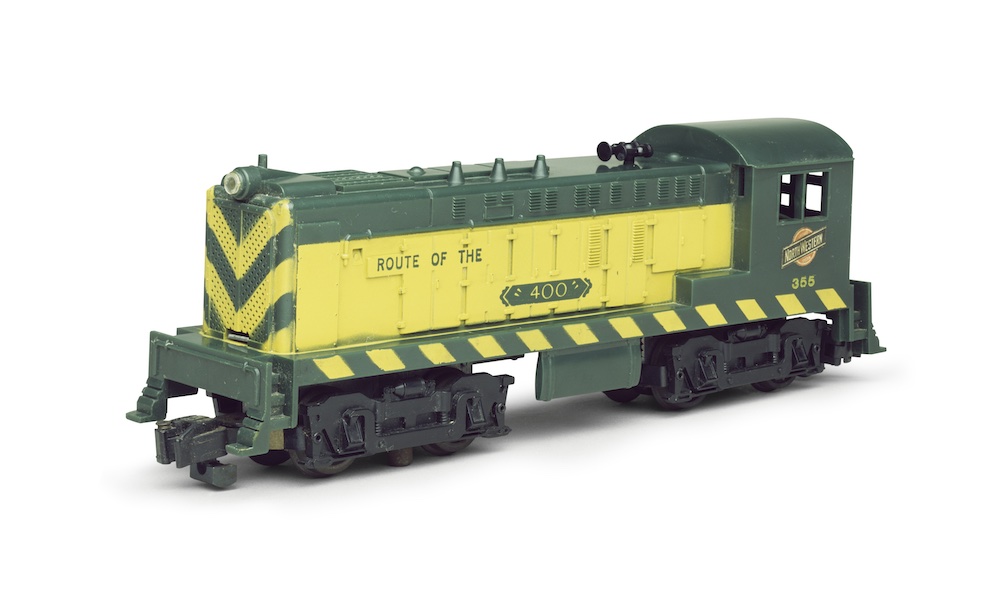
Founded in 1830, the Philadelphia-based Baldwin Locomotive Works grew into the world’s largest steam locomotive builder. Baldwin locomotives ruled the rails of countries large and small in North and South America, Europe, and Asia. Baldwin’s legendary boss, Samuel Valcain, was intrigued with the diesel by l920, and BLW produced its first demonstrator in l925. In […]
Read More…
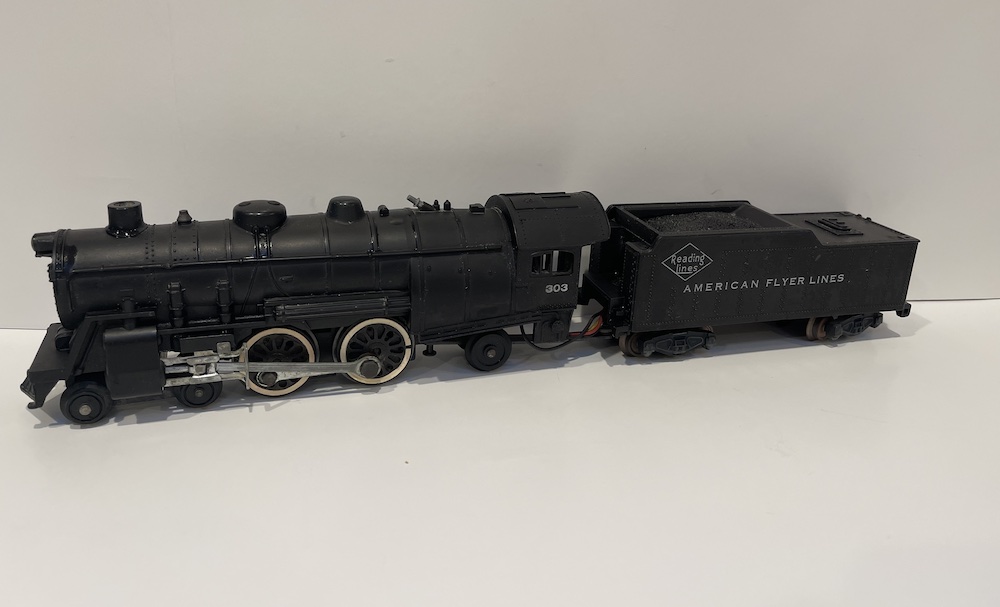
American Flyer’s No. 303 Reading Lines 4-4-2 Atlantic steam engine and tender helped to inspire a young boy growing up near Chicago back in the middle 1950s to first consider how he might make railroading the essence of his career. Kevin Keefe, who would grow up to serve as a distinguished editor for Trains Magazine […]
Read More…
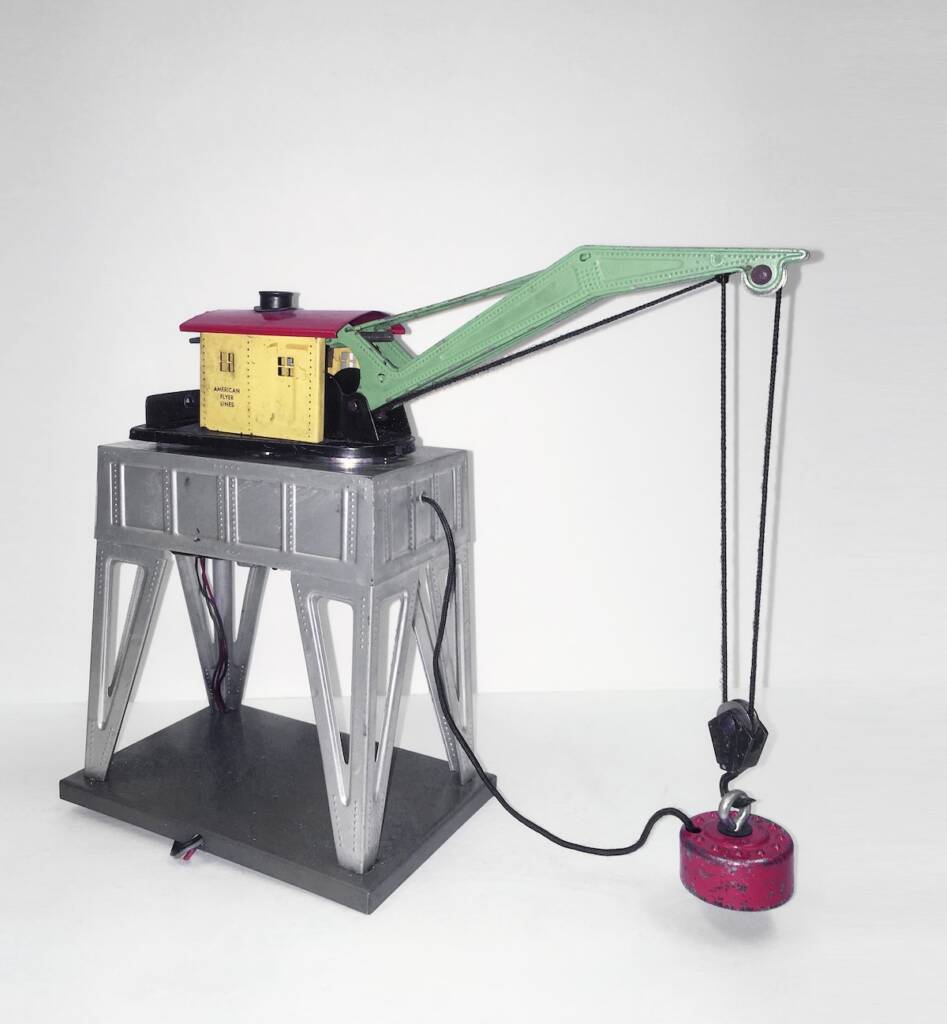
A quiet revolution changed the toy train industry in the 1930s. Firms aimed to introduce more realistic products. Advances in the die-casting of metals and the compression-molding of plastics shaped that trend. The A.C. Gilbert Co. began to develop scale and semi-scale engines and rolling stock while pushing for greater animation in its accessories. The […]
Read More…
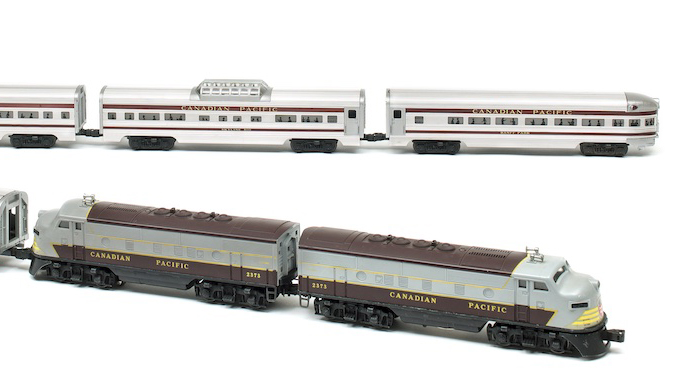
As the postwar era began for Lionel, concern for a more colorful, more highly decorative product was paramount, so Lionel examined different processes for decorating their trains. The tried and true methods (heat stamping and rubber stamping) were used to great success, but both had limitations. With heat stamping, a fairly flat surface was needed, […]
Read More…












